It's a 1909 Story and Clark. Here are the pictures from the craigslist ad:
As you can see, it's a cool old piano. It's in rough shape cosmetically, but it's pretty much all there structurally. It weighs a solid 600+ lbs, so we borrowed a cousin's trailer (thanks Brian!) and managed to entrap a friend (thanks Jim!) into coming with us to load it up. A good deal of winching and a lot of tiedowns later, it was on the road. The age of the thing leads to interesting thoughts. I mean, I wonder if the guys who built this thing over 100 years ago ever imagined it doing 70mph down the highway strapped to the back of a beat up pickup truck...
Anyway, after another spate of grunting and heaving, we managed to get it off the trailer into the garage. More or less immediately we started disassembling it. All the removable parts need to come off for cleaning and refinishing, and all the guts need to come out to make space for booze and other bar items. The first big time challenge was removing the strings. The amount of tension stored in them is astronomical, so in order to stay safe, they had to come out before we messed with any of the real structure of the piano. There are a LOT of strings in a piano. Fortunately the tuning pegs are 1/4" square drive, so a small 1/4" drive socket stuck backwards in my drill made quick work of de-tensioning them.
Here are some initial dis assembly pictures:
By this point we had a lot of the trim and removable wood parts removed, the hammer rack out, and all of the strings and tuning pegs removed as well. The next big step is to remove the "harp", the enormous cast iron piece bolted to the wooden sound board. As I said earlier, the whole piano weighs north of 600lbs, and the harp makes up at least 400-450lbs of that. The other issue is that when a piano like this is constructed, it appears that the harp is bolted to the soundboard, and then the rest of the piano is largely built around it. So removing the harp was always going to be an adventure, as you will see in the next post.





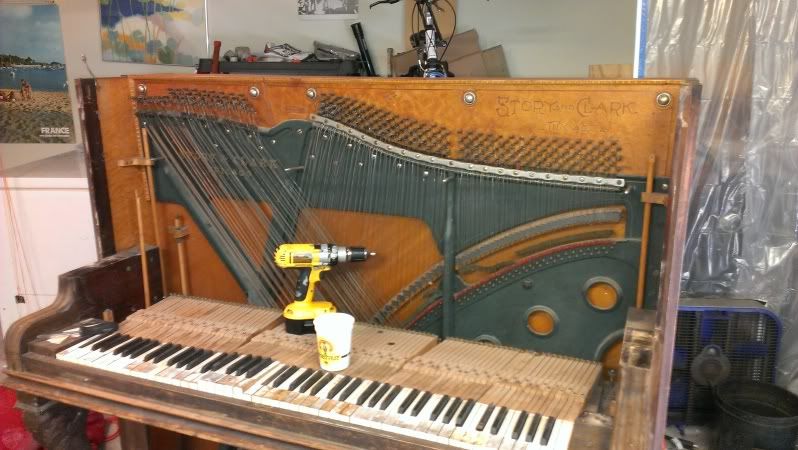
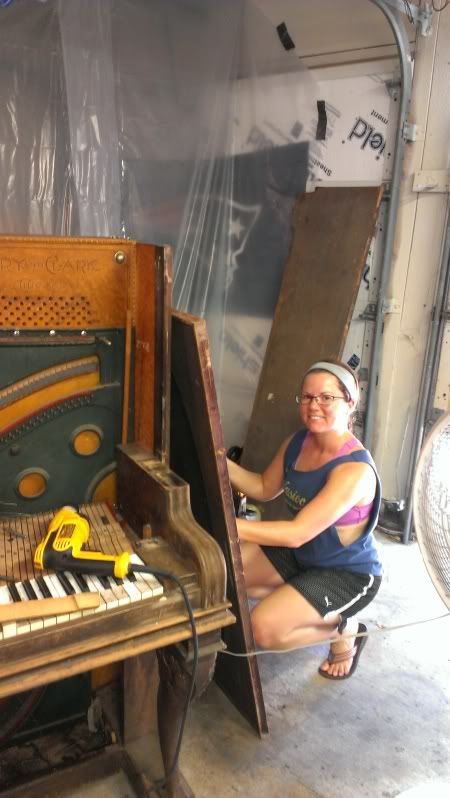
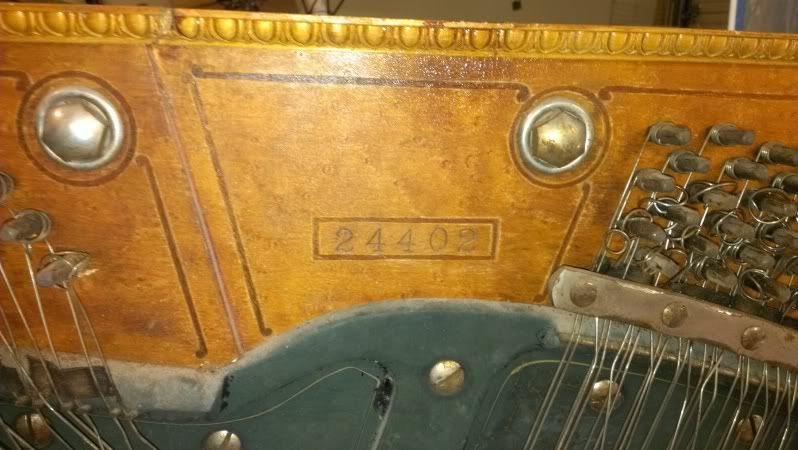
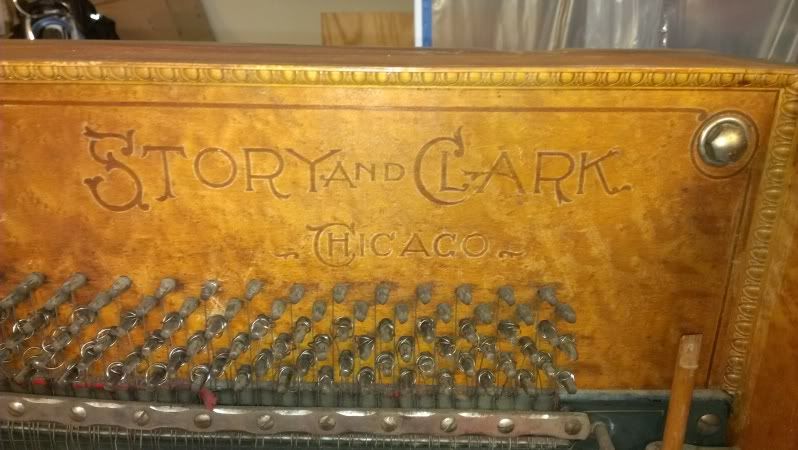
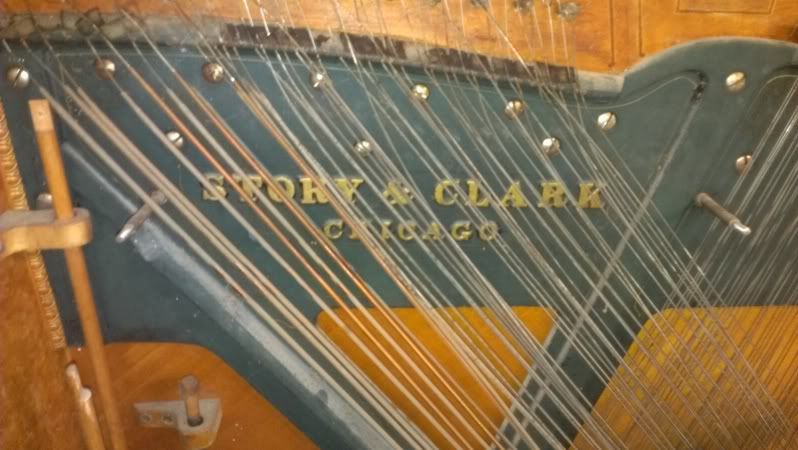

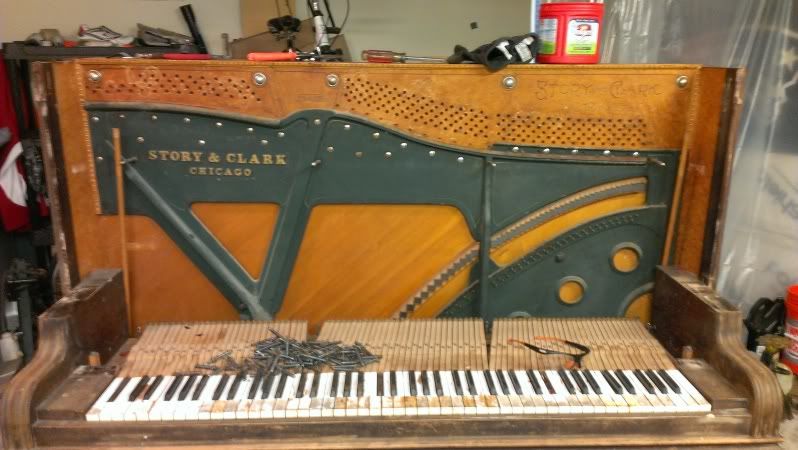
No comments:
Post a Comment